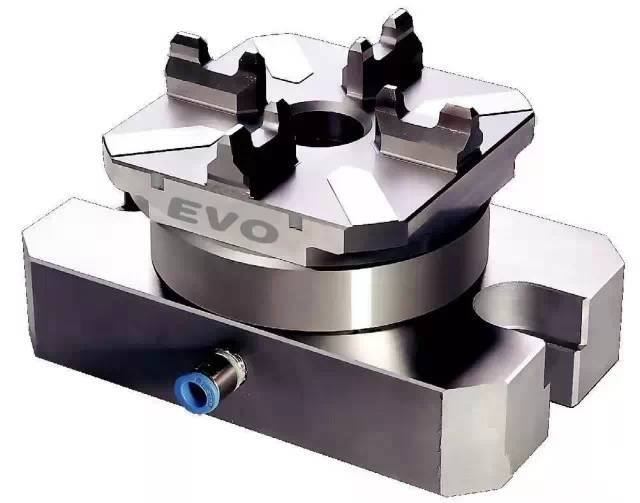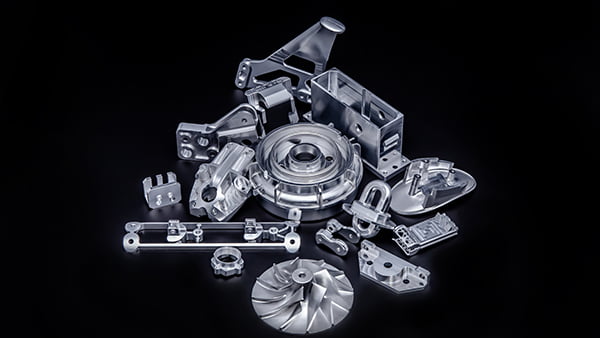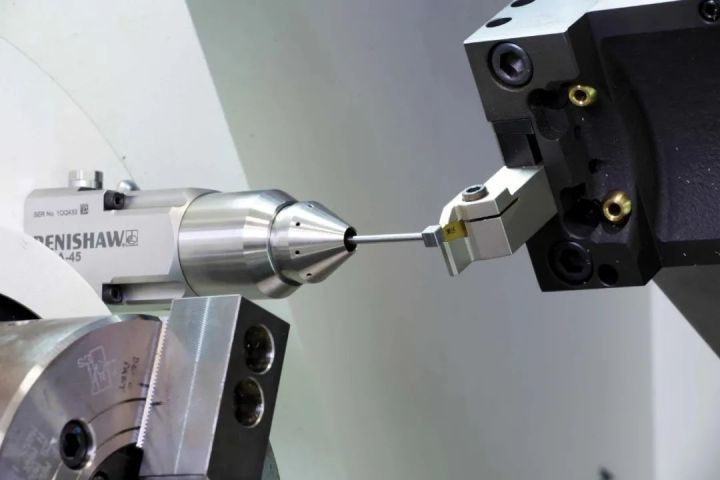Laser-selected sintering
The entire SLS process unit consists of a powder cylinder and a forming cylinder. The powder cylinder piston rises and a powder laying carriage spreads the powder on the forming cylinder in an even layer, and the computer controls the 2D scanning trajectory of the laser beam according to the slice model of the prototype to selectively sinter the solid powder material to form a layer of the part.
After completing one layer, the working piston drops one layer thickness, the powder laying system lays down new powder, and the controlled laser beam scans again to sinter the new layer. This cycle is repeated, layer by layer, until the 3D part is formed.

Nanoparticle Jet Metal Forming
The metal is encased in a tube in liquid form and then inserted into a 3D printer and 3D printed with a jet of "iron water" containing metal nanoparticles.
This has the advantage of printing the metal with iron water, the whole model is more rounded, and it can be used as a tool with a normal inkjet print head.
When the printing is complete, the build chamber evaporates the excess liquid because of the heating, leaving only the metal part.
Laser-selected melting
The basic principle of laser-selective melting technology is to first design a 3D solid model of the part on a computer using 3D modeling software such as Pro/e, UG and CATIA.
Then the 3D model is sliced and layered by the slicing software to get the contour data of each section, and the filling scan path is generated from the contour data. Before the laser beam starts scanning, the powder spreading device pushes the metal powder onto the substrate of the forming cylinder.
The laser beam, which will selectively melt the powder on the substrate according to the fill scan line of the current layer, processes the current layer, and then pulls the forming cylinder downward by a distance of one layer thickness.
When the powder laying barrel is pulled upward a certain thickness distance, the powder laying device then lays on the current layer of processed metal powder, and the equipment moves to the next layer of contour data for processing, and so on layer by layer until the entire part is processed.

That is, laser cladding forming technology
Commonly used names include: LENS, DMD, DLF, LRF, etc. Unlike SLM, the powder is gathered through a nozzle onto a table with the laser converging on a point. A stacked cladding solid will be obtained after the powder melts and cools.

That is, electron beam melting technology
The EBM process, is similar to SLM. However, the difference is that the energy source used in EBM is an electron beam. The output energy of the electron beam in EBM is usually an order of magnitude greater than the laser output power of SLM, and the scanning speed is much higher than that of SLM.
Therefore, during the construction of EBM, the entire forming table needs to be preheated to prevent high temperatures during the forming process, which can bring about large residual stresses.













